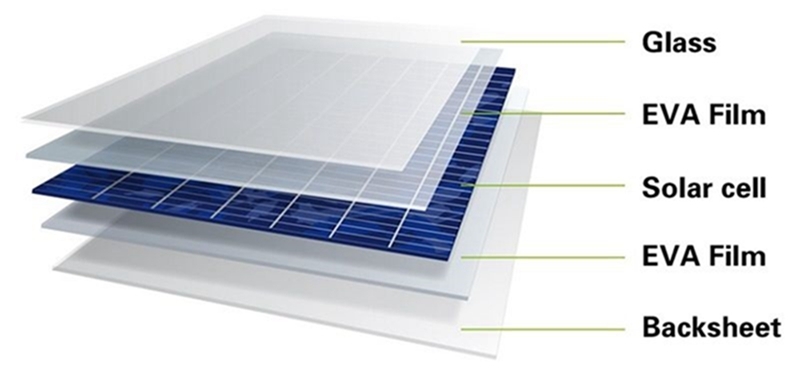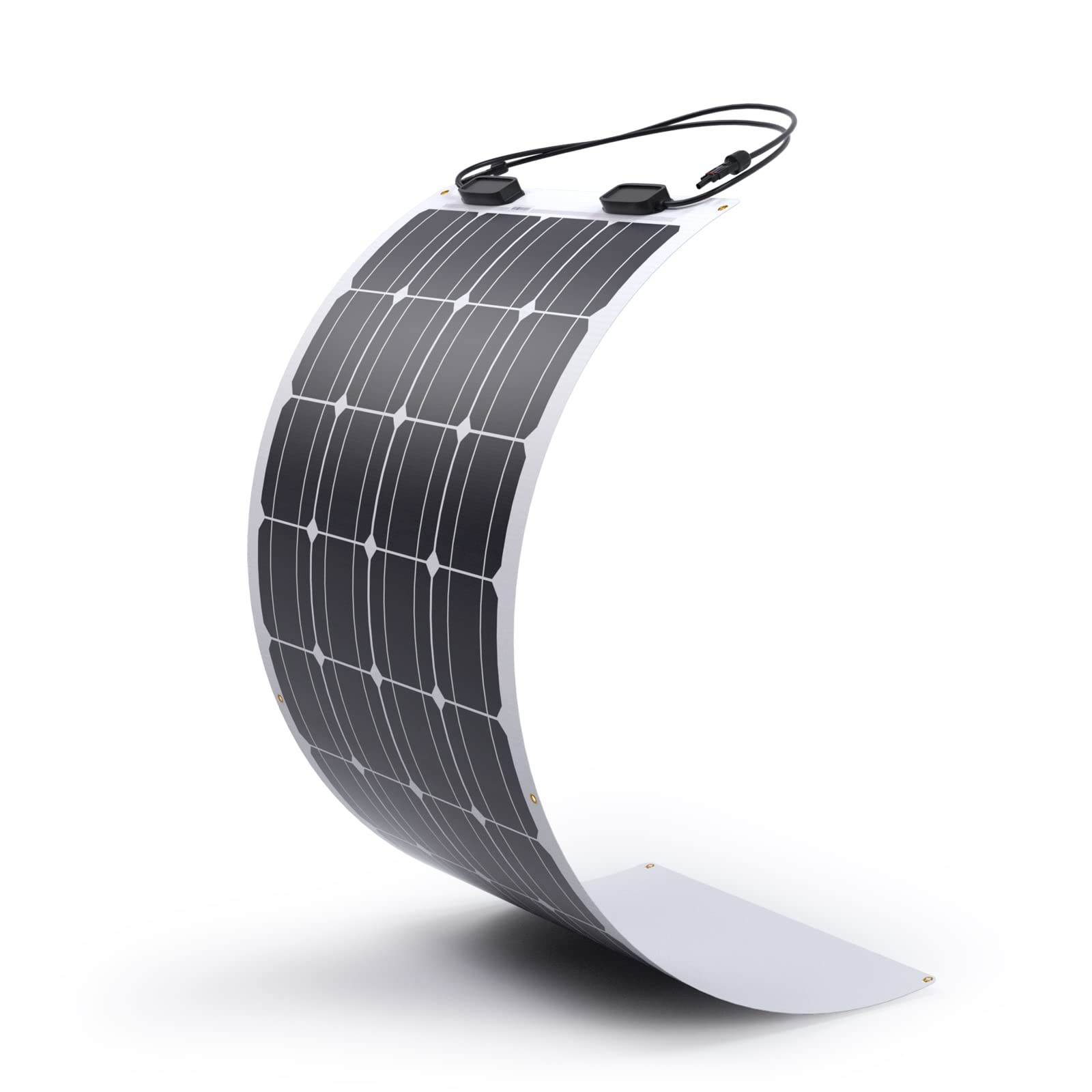Solar Cell Sheets:
In the pursuit of sustainable and renewable energy sources, innovations in solar technology have been at the forefront of the global energy transition. One such groundbreaking development is the advent of solar cell sheets. This is an innovation that holds the promise of transforming the way we harness solar energy. In this comprehensive exploration, we delve into the cutting-edge world of this innovation, examining their potential, applications, and the role they play in shaping a more sustainable future.
The Basics:
Solar cell sheets represent a departure from traditional solar panels in both form and function. Unlike rigid and bulky solar panels commonly mounted on rooftops or in dedicated solar farms, solar sheets are thin, flexible, and lightweight. These characteristics open up a myriad of possibilities for integrating solar technology into everyday objects and surfaces.
- Thin and Flexible Design: The distinguishing feature of these sheets is their thin and flexible design. Made from lightweight materials, such as organic photovoltaic materials or thin-film technologies, these sheets can be bent and curved to conform to various surfaces. This flexibility allows for seamless integration into a wide range of applications, from curved building facades to flexible electronic devices.
- Lightweight Construction: Traditional solar panels are often heavy and require robust support structures. In contrast, solar cell sheets are lightweight, making them suitable for applications where weight is a critical factor. The reduced weight expands deployment possibilities and also simplifies the installation process. This enables innovative solutions in both urban and remote settings.
- Versatile Integration: Solar cell sheets can be integrated into various materials, including plastics, fabrics, and building materials. This versatility opens avenues for incorporating solar technology into everyday objects and surfaces. Thus creating a seamless blend of functionality and energy generation. From solar-integrated clothing to energy-harvesting windows, the possibilities are as diverse as the materials these sheets can be embedded in.

Applications:
The versatility extends their applications far beyond traditional solar panels. Their flexible and lightweight nature makes them suitable for an array of creative and practical uses, transforming the way we think about solar energy.
- Building-Integrated Photovoltaics (BIPV): Solar cell sheets are poised to revolutionize the field of Building-Integrated Photovoltaics (BIPV). Instead of adding solar panels to existing structures, these sheets can seamlessly integrate into building materials. Solar-harvesting windows, solar roofing, and even solar-integrated exterior walls become viable options, turning buildings into active contributors to energy production.
- Flexible Electronics: The flexibility of solar cell sheets makes them ideal for integration into flexible electronic devices. From solar-charged wearable devices to rollable solar chargers for portable electronics, these sheets can be tailored to match the form factor of the devices they power. This opens up new possibilities for off-grid power solutions and enhances the sustainability of electronic gadgets.
- Transportation: Solar cell sheets have the potential to revolutionize the transportation sector. Solar-integrated surfaces on vehicles, such as cars, buses, and bicycles, can contribute to the onboard power supply. Imagine electric vehicles equipped with solar cell roofs, extending their range by harnessing energy from the sun. This innovation aligns with the broader goal of reducing the carbon footprint of transportation.
- Outdoor Furniture and Infrastructure: Solar cell sheets seamlessly integrate into outdoor structures and furniture. Solar benches, bus stops, or streetlights equipped with these sheets can generate electricity during the day, storing it for nighttime use or supplying power to nearby devices. This application enhances the sustainability of public spaces and infrastructure.
- Consumer Products: Solar cell sheets can be incorporated into a variety of consumer products. Thus transforming the way we interact with everyday items. Solar-charging backpacks, solar-powered phone cases, and even solar-integrated home décor items are all possibilities. This integration aligns with the growing demand for sustainable and eco-friendly consumer goods.
Advantages of Solar Cell Sheets:
The adoption of solar cell sheets brings forth a range of advantages. These contribute to their appeal as a transformative solar technology.
- Flexibility and Adaptability: The flexibility of solar cell sheets enables them to conform to diverse shapes and surfaces. This adaptability allows for integration into unconventional spaces and materials, expanding the reach of solar technology into previously untapped areas.
- Lightweight Design: The lightweight construction of solar cell sheets simplifies installation and reduces structural requirements. This characteristic enhances their suitability for a variety of applications, including those where weight constraints are critical, such as in transportation or lightweight structures.
- Aesthetic Integration: Unlike traditional solar panels, which are noticeable and alter the aesthetic of structures, solar cell sheets seamlessly integrate into surfaces without compromising visual appeal. This aesthetic adaptability is particularly relevant in architectural applications where design and functionality must harmonize.
- Versatile Power Generation: Solar cell sheets generate power from ambient light, not solely direct sunlight. This versatility allows for power generation even in cloudy conditions or low-light environments. The ability to harness energy in various lighting conditions enhances the reliability and consistency of power generation.
- Scalability and Cost-Effectiveness: The production of solar cell sheets is scalable, and advancements in manufacturing processes can drive down production costs. This scalability contributes to the economic viability of solar cell sheets. This makes them a cost-effective solution for a wide range of applications.
Challenges and Considerations:
While the potential of solar cell sheets is promising, several challenges and considerations need to be addressed for widespread adoption and optimal performance.
- Efficiency: Achieving high efficiency in converting sunlight into electricity is a crucial aspect of solar technology. While these sheets have made significant strides, their efficiency is generally lower than that of traditional solar panels. Continued research and development are essential to enhance the efficiency of these sheets and maximize their energy-harvesting capabilities.
- Durability and Longevity: The durability and longevity of such sheets are essential factors for their practicality and cost-effectiveness. Exposure to the elements, temperature variations, and mechanical stress can impact their performance over time. Ensuring robust materials and protective coatings are vital considerations for extending the lifespan of these sheets.
- Manufacturing Processes: The scalability and cost-effectiveness hinge on advancements in manufacturing processes. Streamlining production, minimizing material costs, and optimizing efficiency in manufacturing are ongoing challenges. Industry researchers and manufacturers need to actively address.
- Integration Complexity: Integrating them into various materials and surfaces requires careful engineering and design considerations. Compatibility with different materials, weather resistance, and ease of integration are factors that influence the complexity of incorporating these sheets into diverse applications.
Conclusion:
Solar cell sheets represent a transformative step in the evolution of solar technology. They offer a flexible and versatile alternative to traditional solar panels. As the world embraces the imperative of sustainable energy, innovations like these pave the way for creative and practical solutions across industries.
The integration of solar cell sheets into everyday objects, structures, and transportation systems marks a paradigm shift in how we harness and interact with solar energy. As technology continues to advance, addressing challenges and optimizing performance, this innovation can become integral components of a sustainable and renewable energy future.
In illuminating the path toward a cleaner and more energy-efficient world, solar cell sheets exemplify the potential of human ingenuity to redefine the future of energy harvesting. As research and development efforts propel this technology forward, the horizon of possibilities for these sheets continues to expand, offering a brighter and more sustainable tomorrow.





[…] structure comprises a series of solar panels linked by a network of power cables. These transmit the generated energy to moon-based stations. […]